Forget the slashers. Dismiss the ghosts. We are delving into a horror story that promises a terrifying connection to reality. This is not merely a film, but a cultural trauma that has remained unhealed for more than 50 years. We’re talking about William Friedkin’s 1973 masterpiece of terror, The Exorcist movie.
Touted as “based on a true story,” this film didn’t just scare audiences; it broke them. It provoked fainting spells, hysterical crying, and even reports of psychiatric trauma. But what is the terrifying truth behind the tale? How did a tale about a 12-year-old girl and a demonic force transform into a cinematic masterpiece?
Strap in. We’re not just reviewing a film. We’re conducting an exorcism of its legacy, peeling back the layers of its alleged true origins, and revealing why this Academy Award-winning horror film remains the undisputed king of supernatural horror films.
Why The Exorcist Movie’s “True Story” Will Haunt Your Soul
The most potent weapon in The Exorcist’s arsenal is the chilling phrase: “Based on a true story.” Could you please clarify what that truly means?
The core of the film is adapted from William Peter Blatty’s 1971 novel, which was itself inspired by the last official Catholic exorcism performed in the United States. The case? The 1949 exorcism of a young boy from Cottage City, Maryland, known pseudonymously as “Roland Doe.”
Here’s where reality blurs with cinematic fiction:
- The Real “Pazuzu”: The boy’s family reported furniture moving on its own, scratch marks appearing on his body, and a violent aversion to sacred objects. The priests who performed the months-long ritual documented the boy speaking in a guttural voice and displaying inhuman strength—details that went straight into the demonic possession movie playbook.
- Blatty’s Georgetown Twist: Blatty, a Georgetown University alumnus, took this skeletal framework and draped it in a new setting. He transplanted the story to the foggy, brick-lined streets of Georgetown, Washington, D.C., and changed the victim to a girl, Regan MacNeil, making the violation of innocence feel even more visceral.
The genius of The Exorcist movie isn’t that it’s a documentary; it’s that it weaponizes the possibility of belief. It taps into a deep-seated, ancient fear that the spiritual world is real, and its inhabitants are not always benevolent. This isn’t just a haunted house horror story; it’s an invasion of the one place we should feel safe: our bodies.
What Actually Happens in The Exorcist? A Plot Synopsis That Will Terrify You All Over Again
If you’ve somehow avoided this possession horror classic,
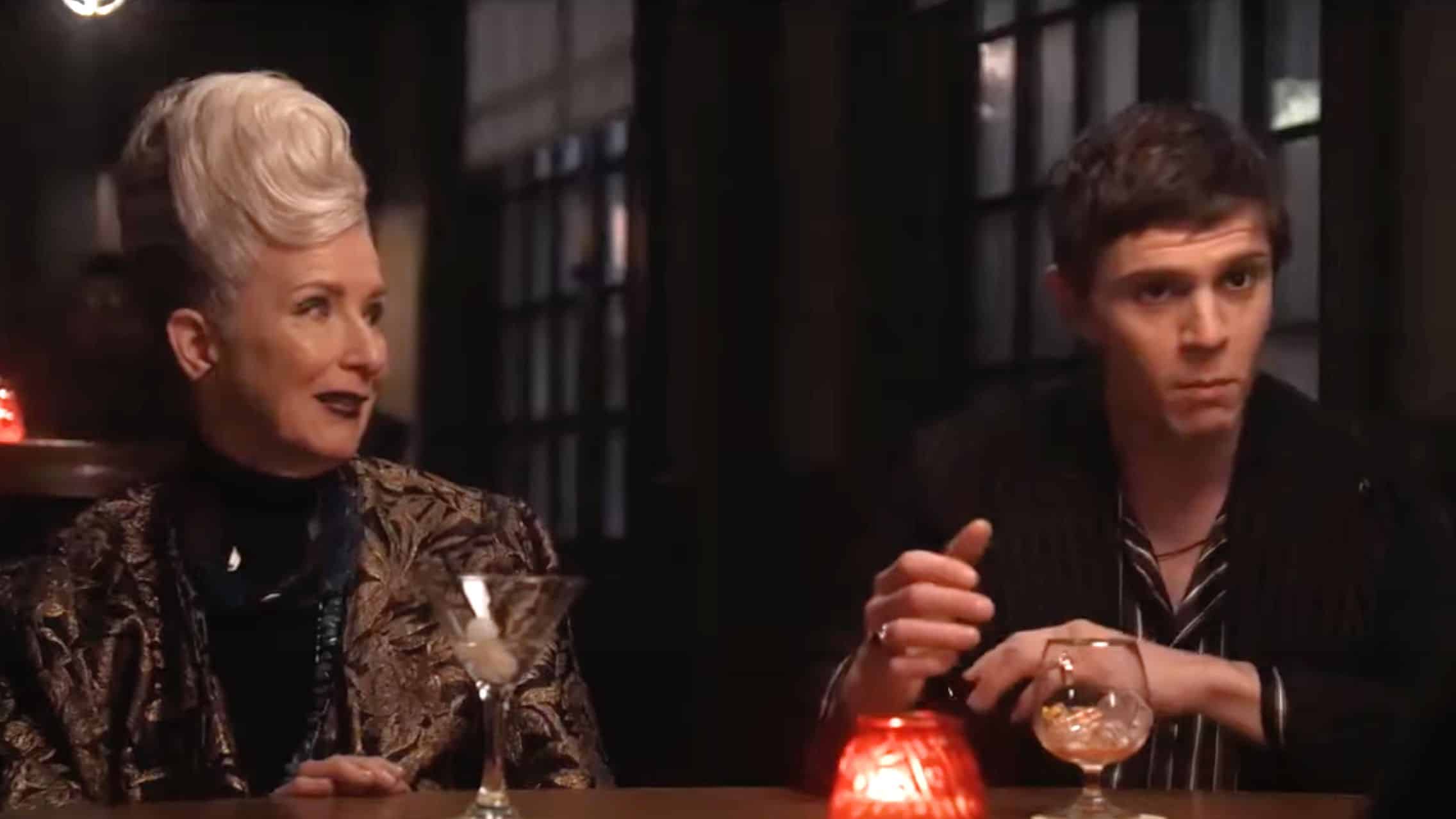
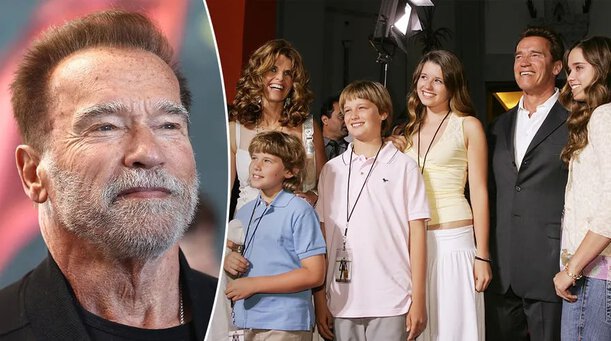
What starts as odd noises in the attic descends into a full-blown nightmare. Regan’s personality warps. Her body contorts. She curses, vomits green bile, and defiles herself with a crucifix. Modern medicine is useless. After the mysterious death of her director, Burke Dennings, Chris abandons science and turns to the church.
She finds Father Damien Karras (Jason Miller), a psychiatrist and priest grappling with a crisis of faith. He witnesses Regan’s horrors firsthand and, despite his skepticism, concludes they are facing a genuine demonic possession. The Church grants permission for an exorcism ritual, and the stage is set for a brutal, spiritual war between the aged, faithful Merrin and the doubting, desperate Karras against the entity that calls itself Pazuzu.
How Friedkin Orchestrated a Masterpiece of Terror: Behind the Scenes of a Living Nightmare
Director William Friedkin didn’t just want to make a movie; he wanted to create an experience. His methods were, by today’s standards, borderline abusive, all in service of capturing genuine terror on film. This is where The Exorcist movie transforms from a story into a legend.
- The Sound of Hell: The sound design, which won an Oscar, is a character in itself. Friedkin used a mix of buzzing bees, reversed animal screams, and the unnerving, metallic screech of a tape being pulled from a reel. This technique created a subconscious, auditory assault that put audiences on edge before anything even happened on screen.
- The “Herring” Gun: In the famous slap scene, Ellen Burstyn was unaware of how violently she would be yanked back by a hidden harness. The result is her genuine scream of pain and shock, which Friedkin left in the film. She suffered a permanent back injury from the take.
- The Freezing Set: To make the actors’ breath visible and create a tangible chill, Friedkin kept Regan’s bedroom set refrigerated to below freezing. The actors’ discomfort is not acting; it’s real.
- Practical Effects Mayhem: Long before CGI, the special effects team used pneumatics, wires, and elaborate makeup to achieve the impossible. The head-spinning scene was created using a mechanical rig, and the green vomit was actually pea soup. These practical effects ground the horror in a gritty, tangible reality that digital effects often lack.
How to Understand the Film’s Power: The Dueling Horrors of Medicine vs. Faith
The Exorcist movie fundamentally pits two worldviews against each other: the rational and the spiritual. This psychological vs supernatural horror debate is the film’s intellectual engine.
For the first half of the film, we are firmly in the realm of science. Chris takes Regan to doctors who subject her to brutal, invasive tests. They talk of brain lesions and neurological disorders. This is the 20th century, and possession is a medieval superstition.
Enter Father Karras, who embodies this conflict. As a doctor of psychiatry, he is trained to seek medical explanations. But as a priest, he is forced to confront the terrifying possibility that the devil is real. The genius of the film lies in its ability to keep the audience fully engaged. Are we watching a severe case of psychological illness, or are we witnessing a literal battle for a soul? By leaving the evidence terrifyingly ambiguous, The Exorcist forces us to question our beliefs, making the horror deeply personal.
Where The Exorcist Movie Proves Its Mettle: The Unforgettable, Award-Worthy Performances
You cannot have a film of this magnitude without powerhouse performances. The cast of The Exorcist movie didn’t just act; they endured.
Linda Blair as Regan MacNeil
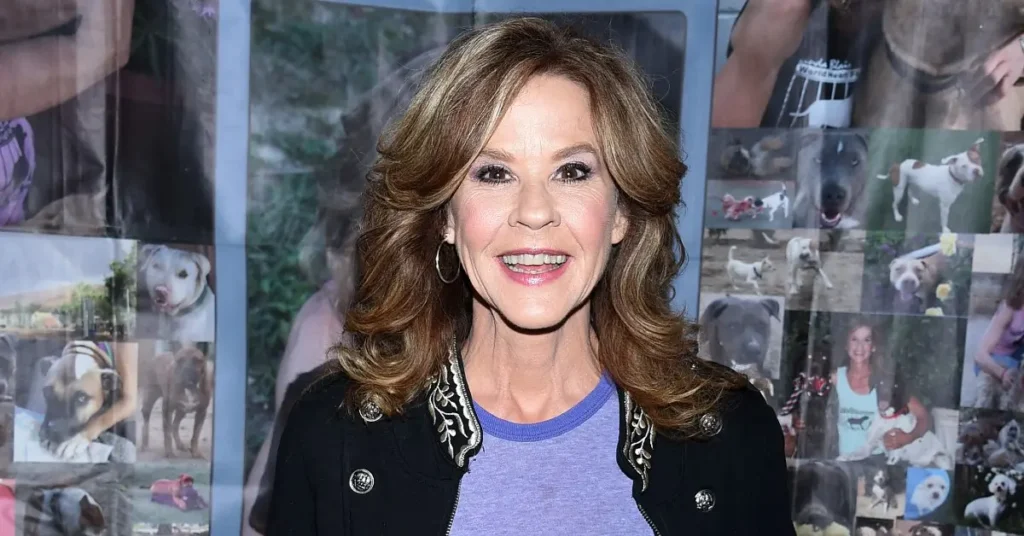
This remains one of the most physically and emotionally demanding performances ever captured on film, especially for a 14-year-old. Blair underwent hours of daily makeup to become the grotesque vessel for Pazuzu. But Blair’s performance transcends makeup; it’s the subtle transformation from a sweet child to a vulgar, violent monster that evokes a profound sense of fear. She was nominated for an Academy Award and deservedly won a Golden Globe.
Ellen Burstyn as Chris MacNeil
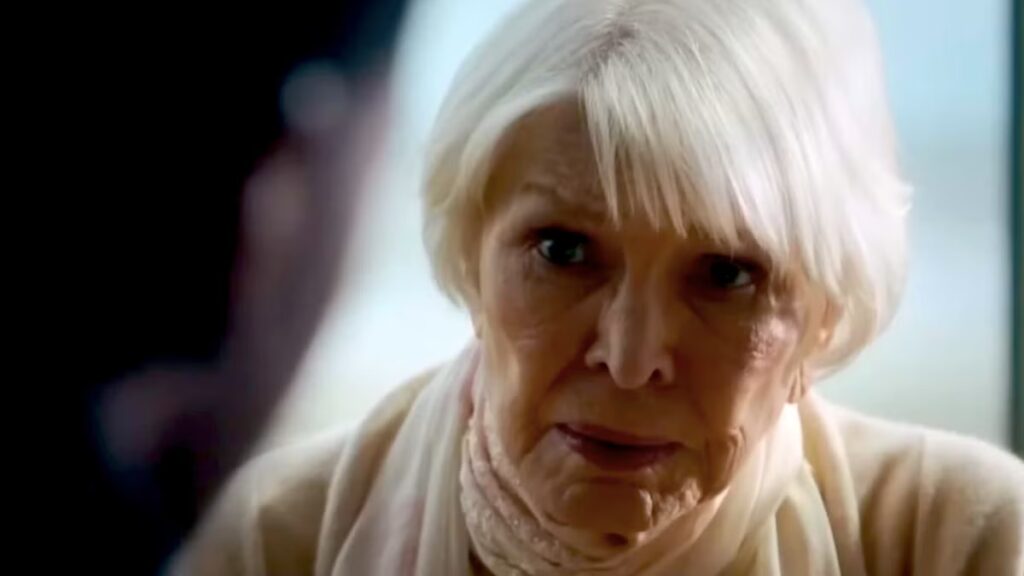
Burstyn is the audience’s anchor. Her performance is a raw, gut-wrenching portrait of a mother’s helplessness and desperation. Every scream, every tear, every silent moment of despair feels devastatingly real. She makes us believe in the horror because we believe in her love for her daughter.
Max von Sydow as Father Merrin
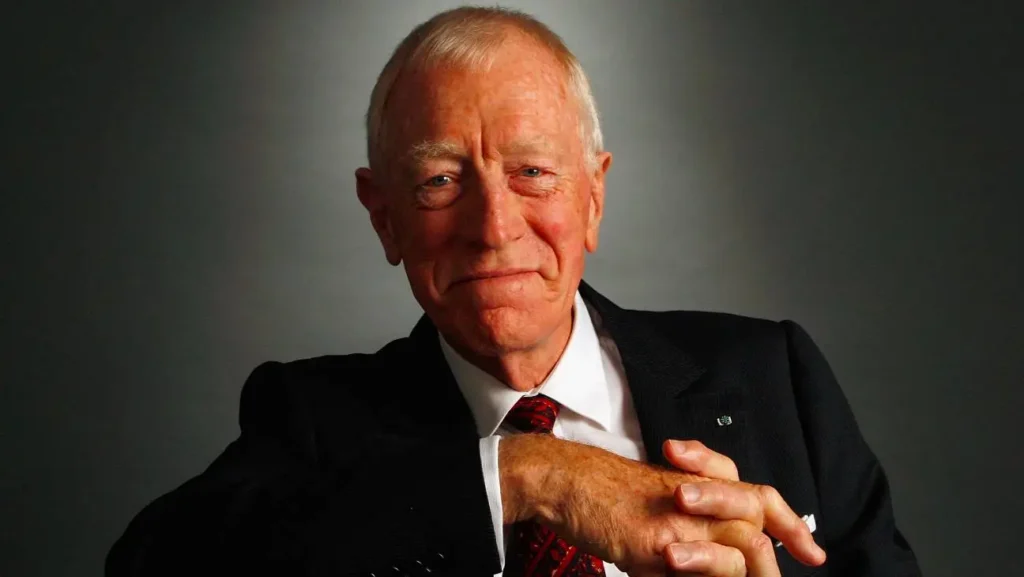
With minimal dialogue, von Sydow embodies ancient, weary resolve. His presence alone brings a monumental gravity to the film. He is the unwavering faith staring into the face of absolute evil.
Jason Miller as Father Karras
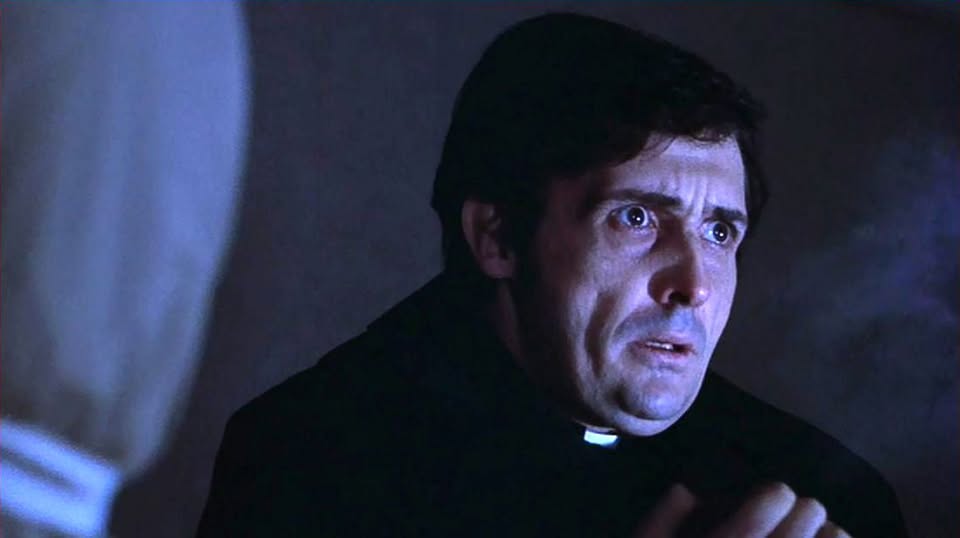
Miller’s Oscar-nominated performance is the soul of the film. His internal battle with doubt, guilt, and grief is the human core around which the supernatural chaos whirls. His final, sacrificial act is not just a plot point; it’s the tragic climax of a profound character arc.
When a Movie Becomes a Phenomenon: The Shocking Cultural Impact and Legacy
Released in 1973, The Exorcist movie detonated in an America already reeling from the Vietnam War and Watergate. It was a nation ripe for a story about uncontrollable evil and the failure of institutions. The film didn’t just become a hit; it became a controversial horror event.
Audience Reactions: Newspapers reported lines around city blocks. Paramedics had to escort people out of theaters after they fainted and vomited. Theaters stocked smelling salts. The experience was less like watching a movie and more like surviving a collective trauma.
Critical & Awards Recognition: Despite—or because of—the controversy, the film was a critical powerhouse. It earned 10 Academy Award nominations, a staggering feat for a horror film, and won two: Best Adapted Screenplay for William Peter Blatty and Best Sound. It proved that horror could be artistically respected.
Enduring Influence: Every religious horror film that followed, from The Conjuring universe to Hereditary, owes a debt to Friedkin’s film. It defined the rules of the demonic possession subgenre and set a bar for intensity that has rarely been matched.
Why The Exorcist Movie Remains the Ultimate Horror Experience
So, is The Exorcist the scariest movie of all time? For many, the answer is an unequivocal yes. But its power isn’t just in its shocking horror movie moments or its groundbreaking special effects.
Its power lies in its foundation. The chilling whisper of “based on a true story,” however loosely interpreted, provides it a terrifying plausibility. Its exploration of the clash between faith and science is intellectually rigorous. The behind-the-scenes turmoil translates into authentic, raw performances that you can feel in your bones.
More than just a horror movie based on a novel, The Exorcist is a cinematic exorcism of our deepest fears. It’s a brutal, uncompromising, and masterfully crafted nightmare that asks the most frightening question of all: What if the devil is real? Fifty years later, we’re still screaming the answer.
